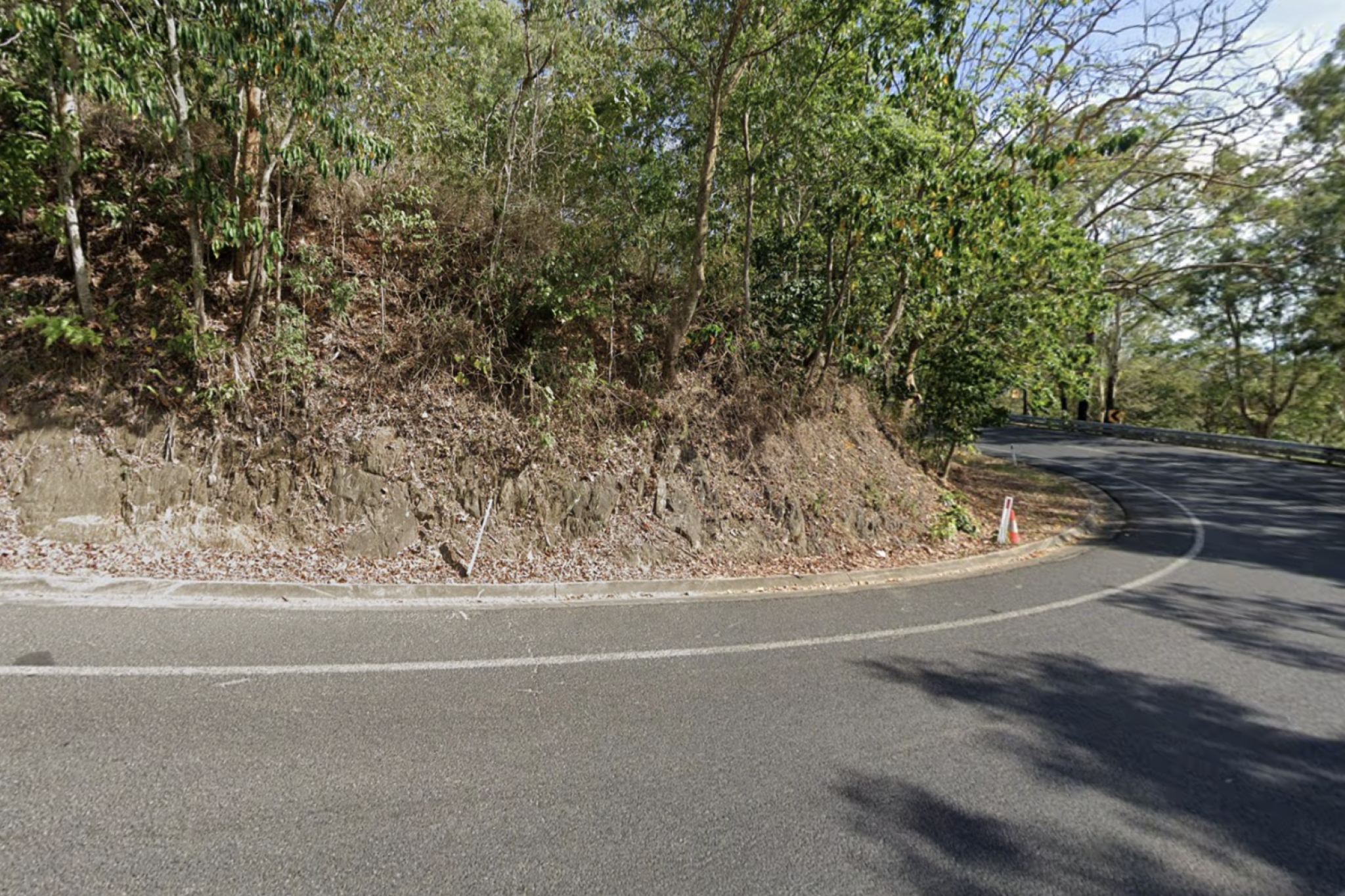Community & Business
25 August, 2023
System testing to drive more delays
COMMUTERS are set to face more delays on the Kuranda Range Road as testing of the controversial intelligent transport system is carried out in the coming weeks after weather and additional costs caused significant delays to the $37.5 million project.

During testing, motorists are being warned to expect delays and are reminded to adhere to signage to ensure workers and commuters are safe.
Wet weather and delays in sourcing materials are amongst the reasons given as to why the project is behind schedule.
In June, a Department of Transport spokesperson said works were set to be completed this month, weather permitting, but now, the project will not be finished until early 2024, taking into account a period of time during which the system will undergo extensive testing.
“The project has encountered delays due to wet weather, industry-wide resourcing challenges, cost pressures, and delays in the supply of ITS cables and equipment,” a spokesperson said last week.
“The project is expected to be completed in early 2024, weather and construction conditions permitting.”
Also in June, the department stated that the road would be resealed “to match the road surface to the existing road pavement as much as possible” after motorbike riders, in particular, expressed concern that the unevenness of the road surface, which has been cut into to install the cabling, was dangerous.
But last week in a statement to The Express, a spokesperson said “no further resealing works will be carried out as part of the project”.
Since the project was announced last year, questions have been raised about the ITS technology, what it does and how it will help improve the safety of the notoriously dangerous road.
While the department failed to confirm whether cameras on top of the systems were speed cameras, a spokesperson explained they would be used to monitor traffic conditions.
“The ITS stations are equipped with traffic monitoring cameras and traffic monitoring loops,” a spokesperson said.
“The testing will ensure the devices work appropriately so if traffic slows down or stops, the ITS system will alert the Traffic Management Centre (TMC).
“The TMC will use the traffic monitoring cameras to view real-time information about road conditions on the range and can remotely adjust the speed via the variable speed signs in response to wet weather or incidents to make driving safer.
“This real-time data will allow TMC to notify emergency services and maintenance crews straight away if an incident has occurred, reducing response and closure times.
“The flashing red circle on the variable speed limit signs will alert drivers that the speed limit has been reduced.”
The reduced speed limit will be enforceable by police.
“Once conditions on the road have improved and it is safe to do so, the speed limit will return to the normal speed limit,” the spokesperson said.


